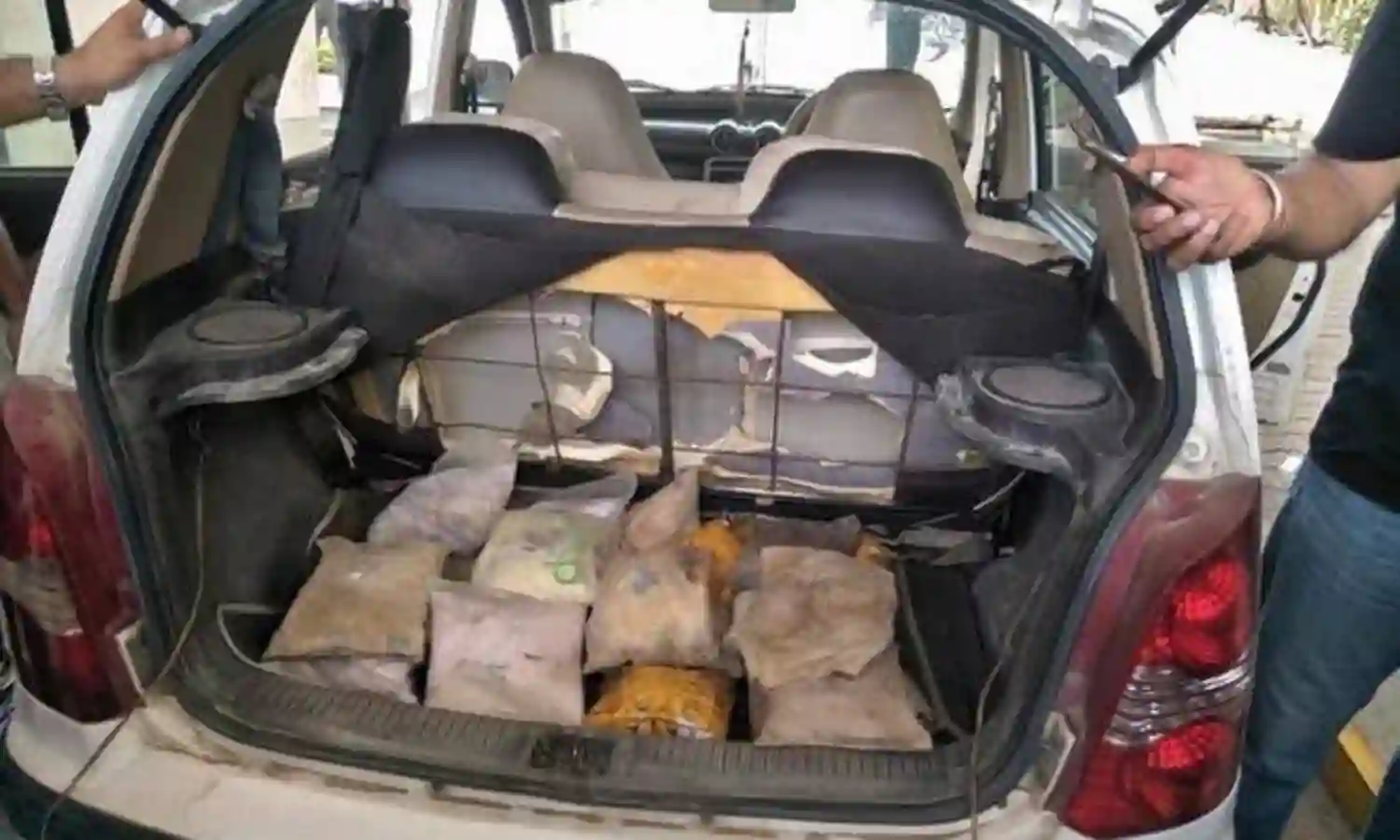Heroin Abuse Rises in Kashmir, Deaths Go Unreported Say Doctors
Numbers far higher than 343 reported

SRINAGAR: Kashmir is witnessing an alarming increase in heroin consumption among the youth with past three years registering a jump from 15 percent of all drug addicts treated at a government-run facility here to a shocking 90 percent.
Officials said the addicts in Kashmir, who were treated at a government-run facility in Srinagar, were found to be using organic substances such as cannabis and opioids other than heroin, like codeine.
However, according to officials, the past three years since 2016 have seen a quantum jump in the number of drug addicts who consume heroin. Officials blame ‘easy availability’ of the drug for the increase in number of users.
“In 2016, 15 percent of addicts admitted centre were heroin addicts,” Dr Yasir A Rather who is in-charge of De-addiction Centre run by the government at SMHS hospital in Srinagar, said.
“However, in 2017, the percentage went up to 24.3 percent, which nearly doubled in 2018 to 45.6 per cent. This year till 20 June, out of 342 patients admitted for substance abuse, more than 90 percent were using heroin,” Dr Rather said.
A senior doctor at the facility said cases of heroin abuse were “hardly reported” at the drug de-addiction centre of SMHS hospital but the instances have gradually risen in past three years.
“It is an alarming situation. If immediate corrective measures are not taken to deal with this menace, Kashmir is planked to go down the same path as Punjab and other conflict hit states in North East,” the doctor, who didn’t want to be named, said.
Dr Rather said the number of cases reported at the SMHS hospital is just a “tip of the iceberg” of the larger simmering crisis in Kashmir, “Most of the drug abuse cases go unreported because the victims don’t report for treatment due to fears of social stigma.”
Drug abuse has been prevalent in Kashmir since 1980s, according to a 1993 study in the Indian Journal of Psychiatry which states that 9,726 cases of substance-related disorders were reported to Institute of Mental Health and Neurosciences (IMHANS) in eight years starting from January 1980.
“Over 6,000 cases of substance-related disorders are attended by doctors at IMHANS annually since 2015. However, the number of heroin addicts has grown substantially,” Dr Rather said.
A recent survey by the Ministry of Social Justice and Empowerment claims that 4.9 percent of J&K population has been abusing opioid drugs. “This number is an underestimate since it was a door-to-door survey in which victims of substance abuse are unlikely to reveal their predicament,” a doctor at SMHS hospital said.
Although cannabis and opium are locally cultivated, heroin enters Kashmir through the Line of Control, mostly through the northern parts of Kashmir. A police source said in areas close to the LoC, heroin is available in such abundance that a gram costs just Rs 500.
The substance abuse problem has reached such an alarming proportion that even the moderate Hurriyat chief Mirwaiz Umar Farooq recently appealed the people as well as the state administration to tackle the issue urgently before it slips out of control.
“We are aware of the severity of the problem and a multi-pronged approach is being used to tackle it. At societal level, parents and teachers especially need to closely watch the behaviour of children. Prevention is always better than cure,” DGP J&K Police, Dilbag Singh, said.
President of Doctors Association Kashmir, Dr Nisar ul Hassan, said young people are dying due to heroin abuse in Kashmir.
“Heroin-related deaths go unreported. Heroin addicts admitted in the de-addiction center at SMHS hospital revealed that their friends are dying on regular basis due to heroin use and these deaths are not reported,” he said.
“The official figure of 343 heroin addicts in the valley is a gross underestimate as most of the abusers don’t seek medical attention,” Dr Nisar said adding that “there is an epidemic of heroin abuse in Kashmir posing serious threat to the whole community. Unseen forces are behind heroin trafficking in Kashmir. They are using their touts and agents who receive financial and material assistance for trafficking these deadly drugs,” he said.



